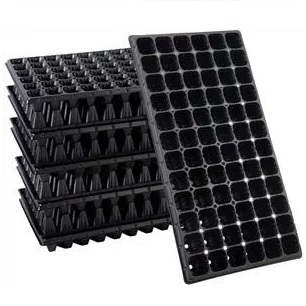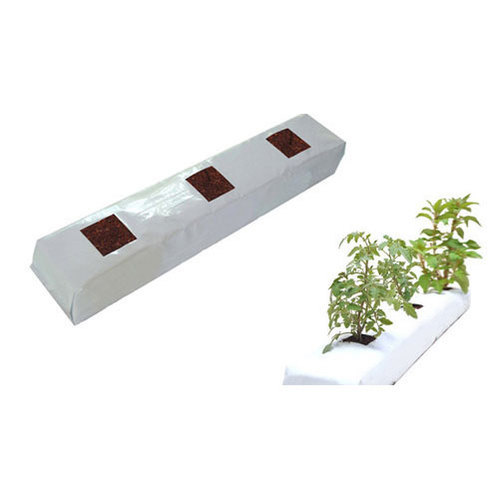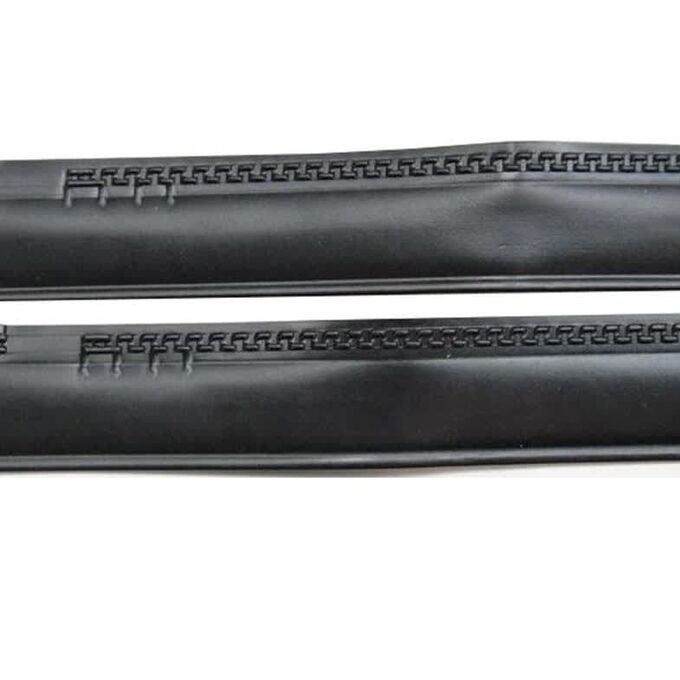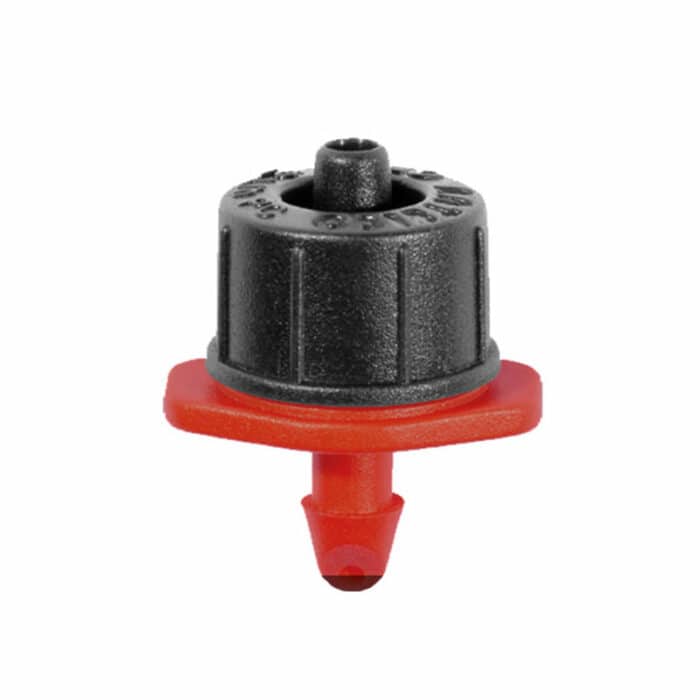Drip irrigation is increasingly recognized as the most efficient method for delivering water and nutrients to crops, revolutionizing agricultural practices worldwide. This advanced irrigation technique supplies water directly to the plant’s root zone in precise amounts and at optimal times, ensuring that each plant receives exactly what it needs for optimal growth.
Key Benefits of Drip Irrigation
Key Benefits of Drip Irrigation
1. Water Efficiency
Drip irrigation minimizes water waste by delivering moisture directly to the roots, reducing evaporation and runoff. This method can save up to 70% more water compared to traditional irrigation systems like flood irrigation, which often loses a significant portion of water to evaporation and runoff. By using low-pressure systems, drip irrigation requires less energy, making it a sustainable choice for farmers.
2. Enhanced Nutrient Delivery
This system allows for the integration of fertilizers directly into the irrigation process, a practice known as fertigation. By applying nutrients through the drip lines, plants can absorb them more effectively, leading to healthier crops and improved yields. The targeted approach not only enhances nutrient uptake but also minimizes nutrient runoff, which can deplete soil quality over time.
3. Improved Crop Quality
Drip irrigation contributes to higher crop quality by stabilizing moisture levels around the roots, reducing stress on plants. This results in healthier produce with better market value, such as fruits and grains that are more uniform in size and quality. Additionally, because the foliage remains dry, there is a lower risk of fungal diseases, leading to healthier plants overall.
4. Flexibility and Automation
Modern drip irrigation systems can be automated and programmed for flexible scheduling. This means farmers can set specific watering times that align with their crops’ needs throughout the growing season, which is especially beneficial during dry spells or unpredictable rainfall patterns. Automation also reduces labor costs associated with manual watering practices.








Reviews
Clear filtersThere are no reviews yet.